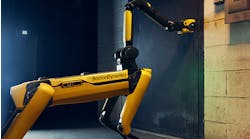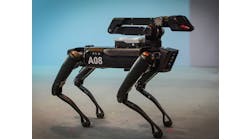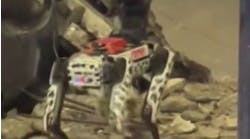COMPANY OVERVIEW
About Boston Dynamics
Contact
More Info on Boston Dynamics

Boston Dynamics’ mission is to imagine and create exceptional robots that enrich people’s lives. Building machines that can approximate the mobility, dexterity and agility of people and animals is a grand challenge. Curiosity and respect for the natural world are at the heart of our work on robots. We see products derived from this work as the next step in the human history of building machines to reduce the danger, repetition and physically difficult aspects of work.
Boston Dynamics focuses on creating robots with advanced mobility, dexterity and intelligence. We have long held that mobility sufficient to access both the natural and the built world required legs. We began the pursuit of this dream over 30 years ago, first in academia and then as part of Boston Dynamics because it was an exciting technical challenge and because our goal of building a highly mobile robot required it. We wanted to build a robot that could go where people go. The commonly referred to “dull, dirty and dangerous” tasks don’t occur solely on a neatly organized factory floor, they pop up in the natural world and human-built environments. These are places where being effective requires deftly maneuvering through rocky trails, staircases, catwalks, doors or narrow cluttered passages.
While we take the natural world as inspiration for our robots, the design is ultimately motivated by functionality. Our robots end up moving like humans and animals not because we designed them to look like humans and animals but because we made them balance. Balance and dynamic motion are characteristics we have previously only seen in animals. It is this organic quality of dynamically stable motion that people tend to associate with lifelike movement. Partly because of the benefits of dynamic motion, our robots can navigate tough unstructured, unknown or antagonistic terrain with ease. Wheeled and tracked robots are limited by stairs, gaps, ground-level obstructions such as cabling and staged materials and minor height differences in flooring. These environments don't present the same challenges for legged robots.



